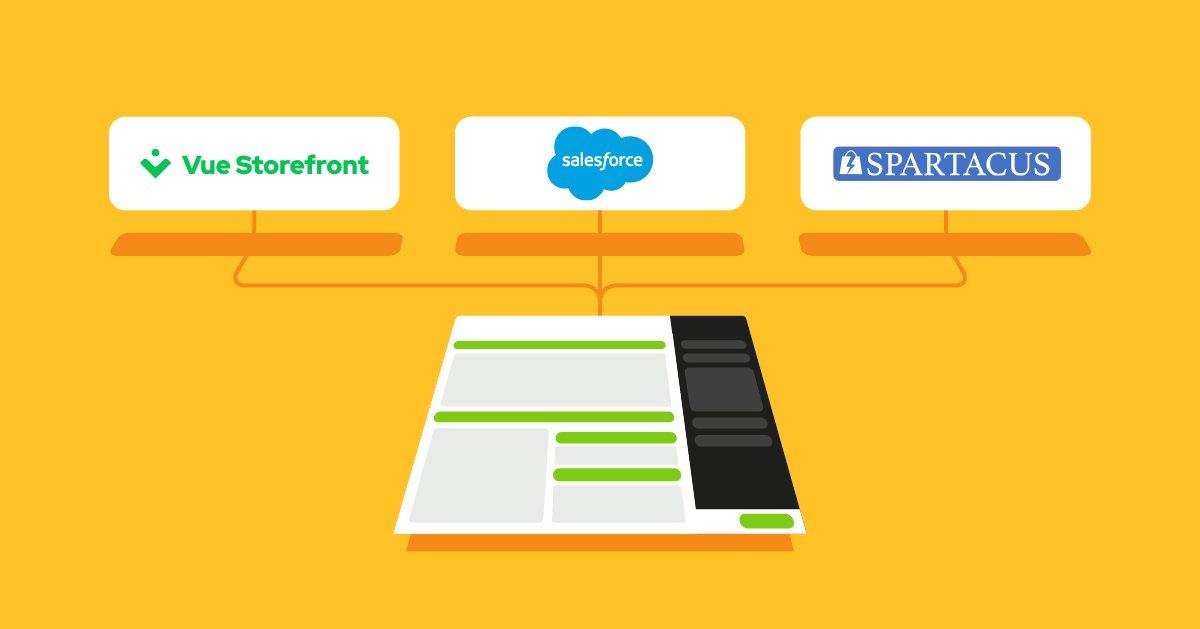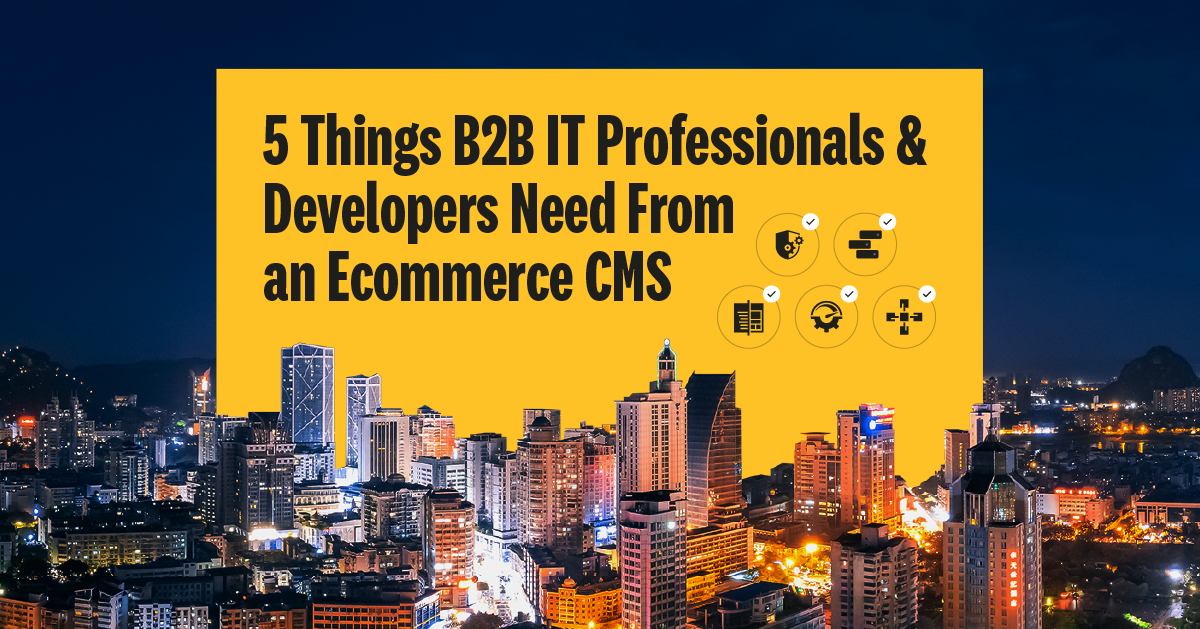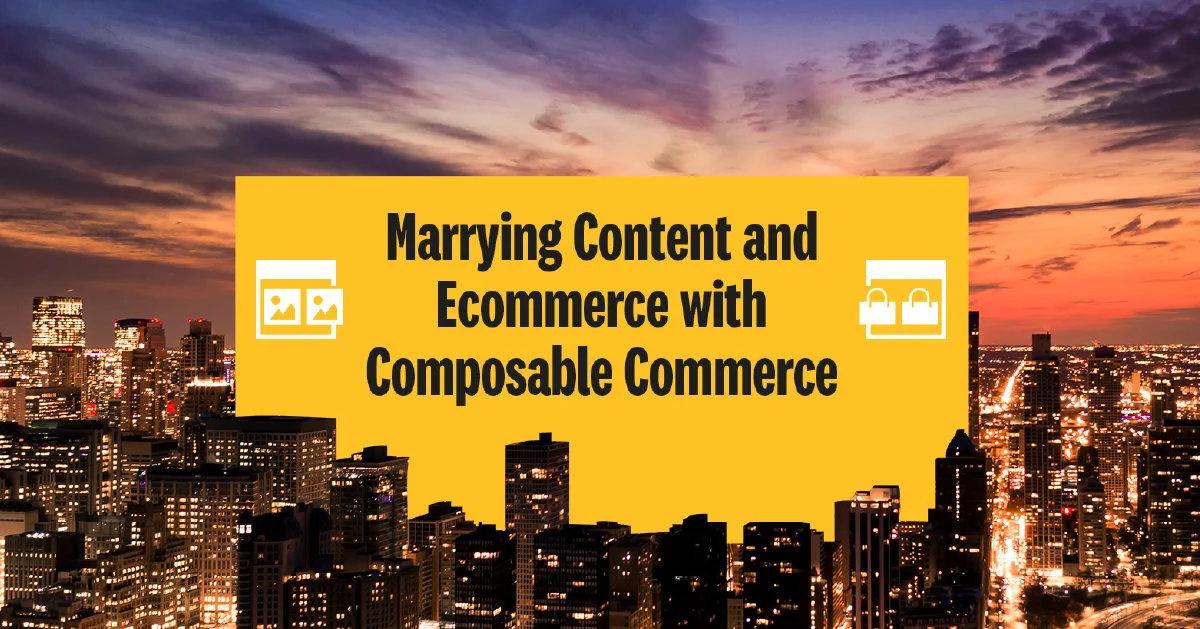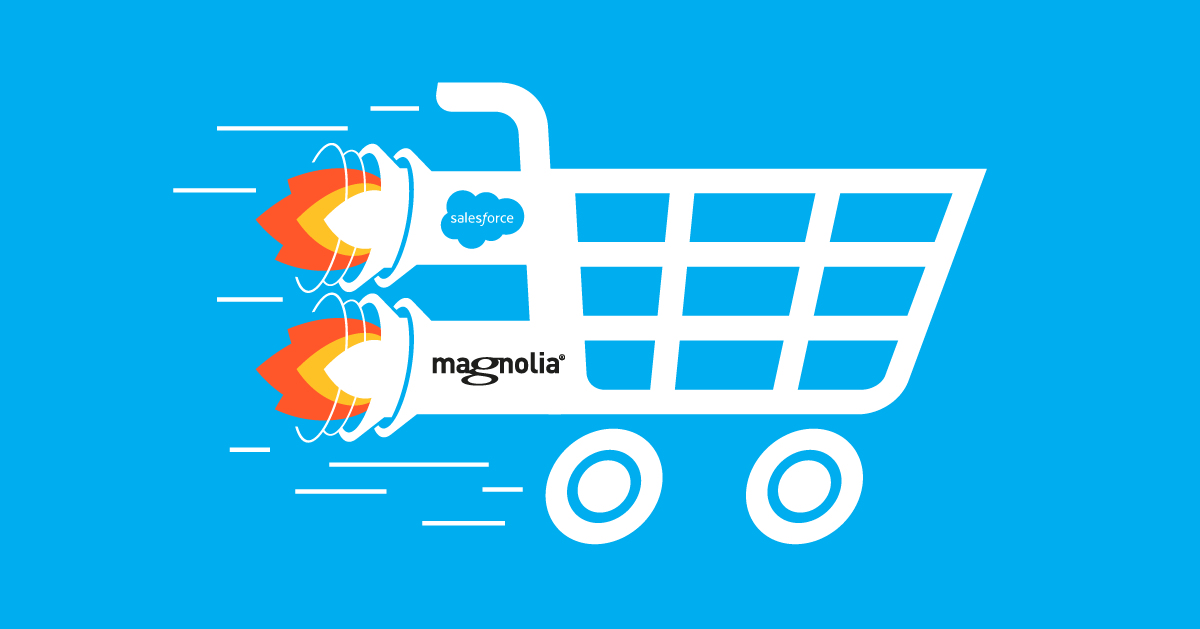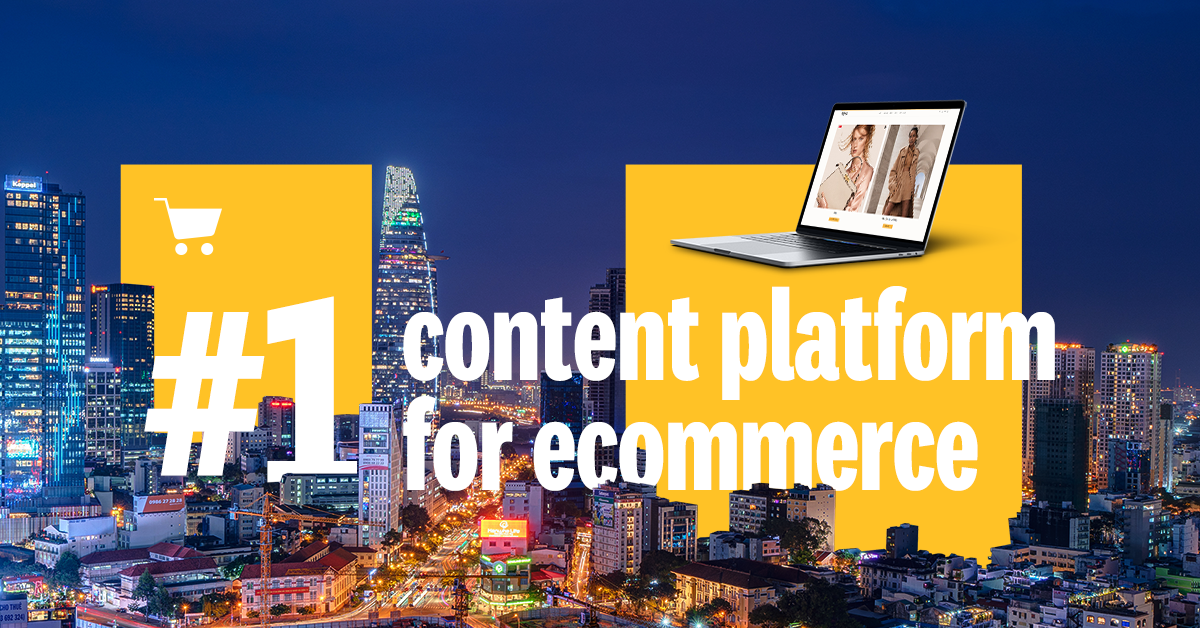Ecommerce
Ecommerce
In this category, you will find articles related to how content and commerce combine and how Magnolia can help companies increase their ecommerce sales with content. Topics include headless commerce and how to use modern technologies like Jamstack to support ecommerce.
For example, check out “Magnolia: The #1 Content Platform for Ecommerce” to see how Magnolia makes it easier to handle the content needs for an ecommerce business. You can also learn more about jamstack ecommerce by reading “Why Jamstack Is the Ideal Ecommerce Solution."







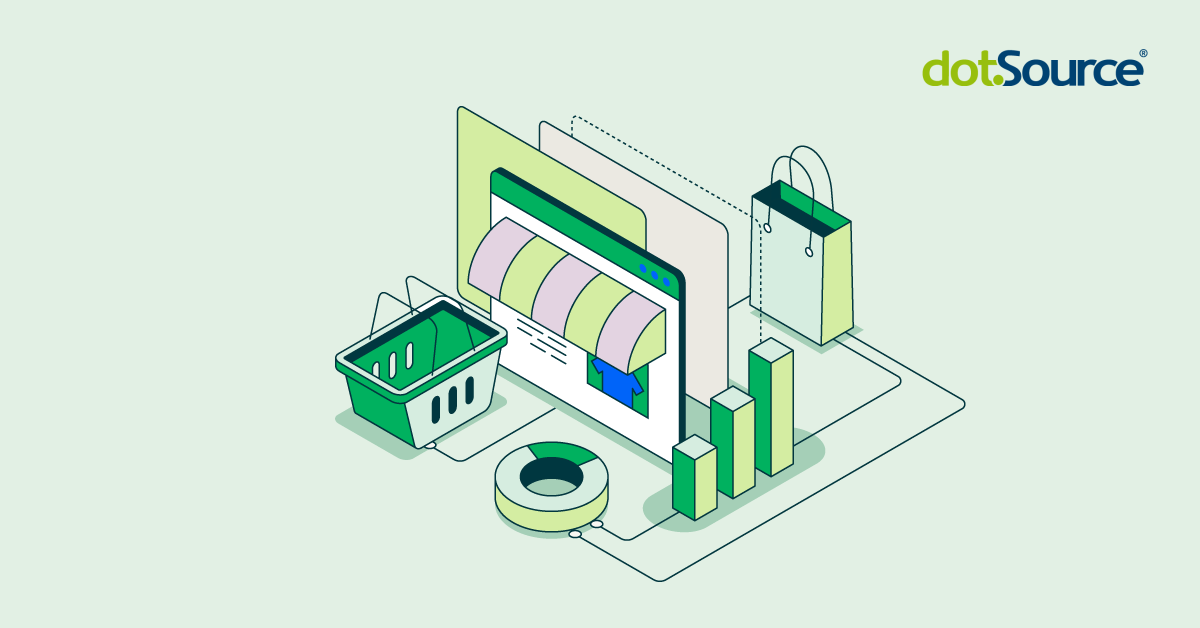













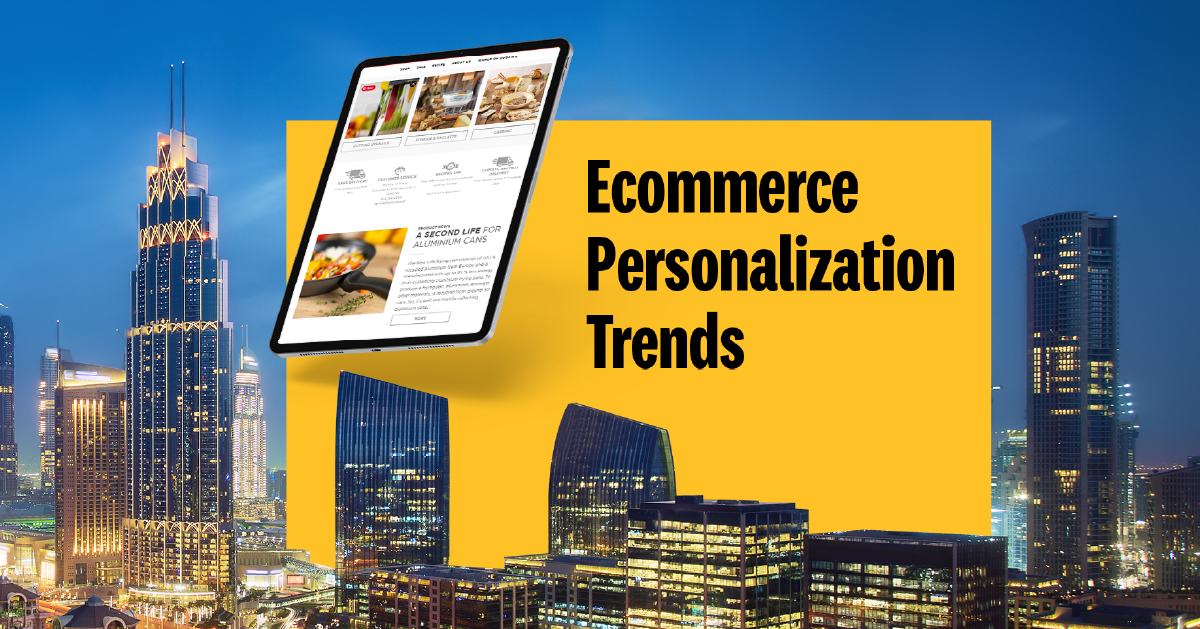
.2024-10-21-13-28-53.png)



